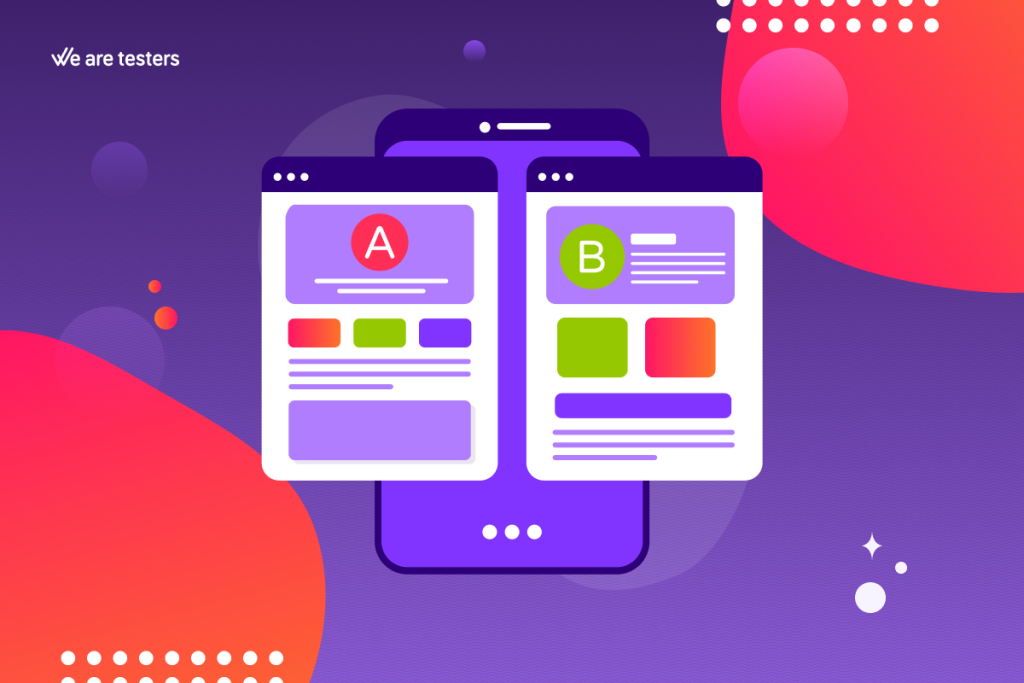
In the world of digital marketing and website optimization, A/B testing has become a fundamental tool for making informed decisions and improving results. Whether you’re looking to improve conversion rates, user retention, or any other goal, A/B tests offer an effective way to test and compare different variants. In this article, we will explore in detail what A/B tests are, how they work, and how you can implement them effectively to optimize your digital strategy.
What are A/B Tests?
A/B tests are experiments in which two different versions of a webpage, advertisement, or digital element are compared to determine which variant produces better results. One variant is the current version (A), and the other is the modified version (B). These tests allow marketing teams to accurately evaluate the impact of changes and make data-driven decisions.
What is the Purpose of an A/B Test?
A/B tests have multiple advantages:
- Precise Optimization: A/B tests enable a precise understanding of how changes affect user behavior. This allows you to make improvements that generate tangible results.
- Data-Driven Decision-Making: Instead of making decisions based on intuition, A/B tests provide the evidence you need to make informed decisions. This reduces the risk of implementing changes that don’t work.
- Continuous Learning: A/B tests promote a culture of continuous learning. Beyond decision-making, it’s desirable to use the experiment to understand why one variant was more successful and how you can apply that understanding to make new improvements that help you achieve your goals.
- Risk Reduction: By testing changes in a controlled environment, you can mitigate the risk of launching modifications that could have a negative impact on your goals.
How to Conduct an A/B Test?
There are many ways to conduct A/B testing in practice, but you should always consider some fundamentals:
- Define a Clear Goal: Before starting, establish a specific goal for your test. It could be to increase click-through rates, conversions, user retention, etc.
- Identify the Element to Test: Decide which element of your website or application you want to test. It could be a headline, a call-to-action button, images, colors, etc.
- Create Variants: Design your A and B variants. Ensure that the differences between them are clear and significant so that the results are easily interpretable.
- Traffic Split: Use an A/B testing tool to evaluate the two variants. Ensure that the split is random and representative.
- Collect Data: Run the test for a sufficient period of time to gather meaningful data. The larger the sample size, the more confidence you can have in the conclusions.
- Analyse Results: Once the test is completed, analyze the data. Compare relevant metrics to determine which variant performed better in relation to your goal.
- Apply Findings: Based on the results, implement the best option. Make sure to consider the insights gained for future improvements.
Examples of A/B Tests
There are very common use cases for A/B tests:
- CTA Testing: Will a «Buy Now» button in green increase conversions more than one in red? An A/B test can answer this question.
- Headlines and Copy: Does a descriptive headline or a more creative one work better? Does using urgency words increase click-through rates? An A/B test will give you the answers.
- Design and Layout: Does one page design generate more engagement than another? A/B tests can help you make design decisions.
- Price Variants: Does a slightly lower or higher price affect conversion rates? A/B testing can provide insights into the price sensitivity of your users.
We hope that all of these tips help you create your own A/B tests. Need a UX research tool to create your own A/B tests? At We are testers, we have the perfect tool for you to conduct all the tests you need with people who are part of your target audience – we have over 120,000 testers who can help you make the best decisions. Get in contact with us to have our experts tell you all the details.


